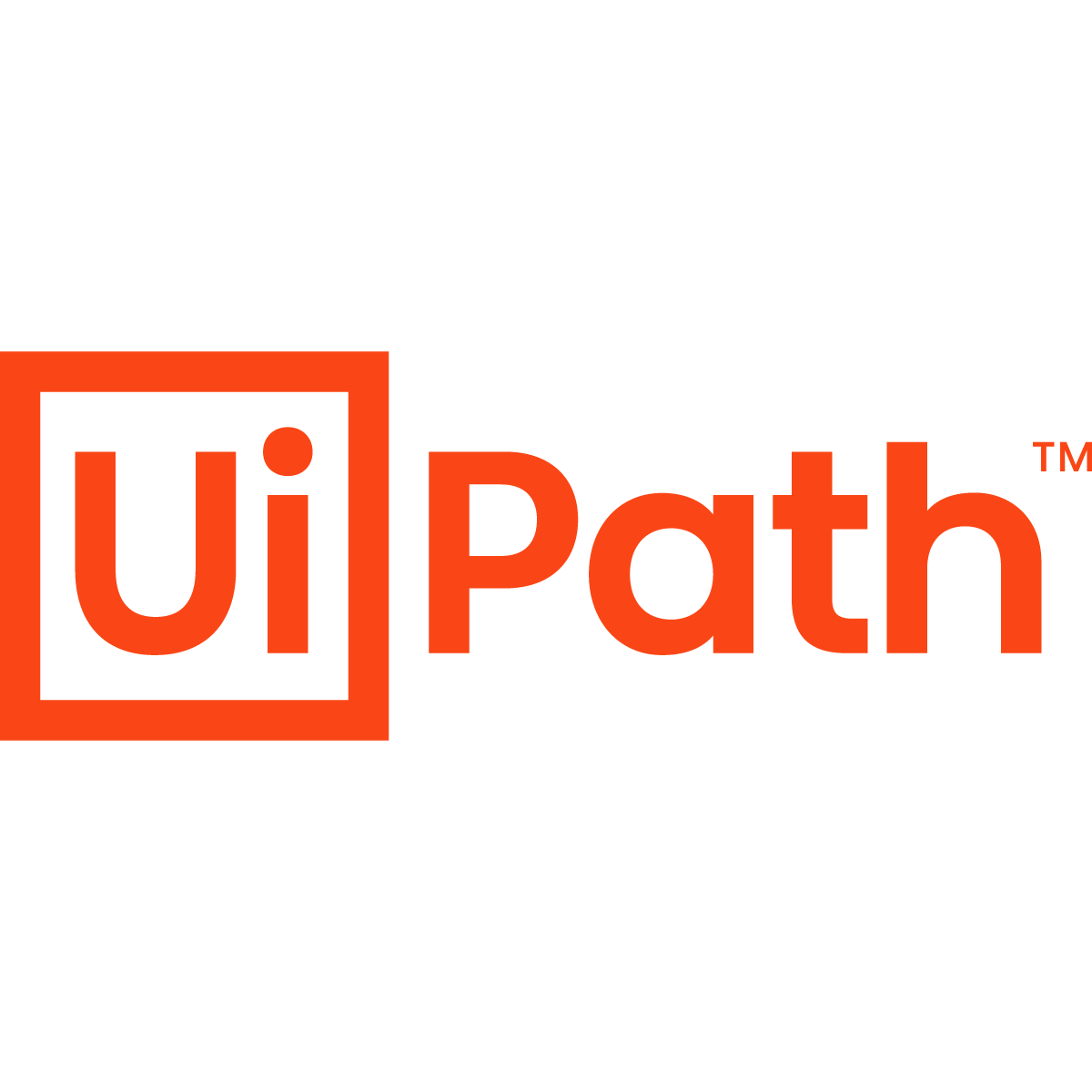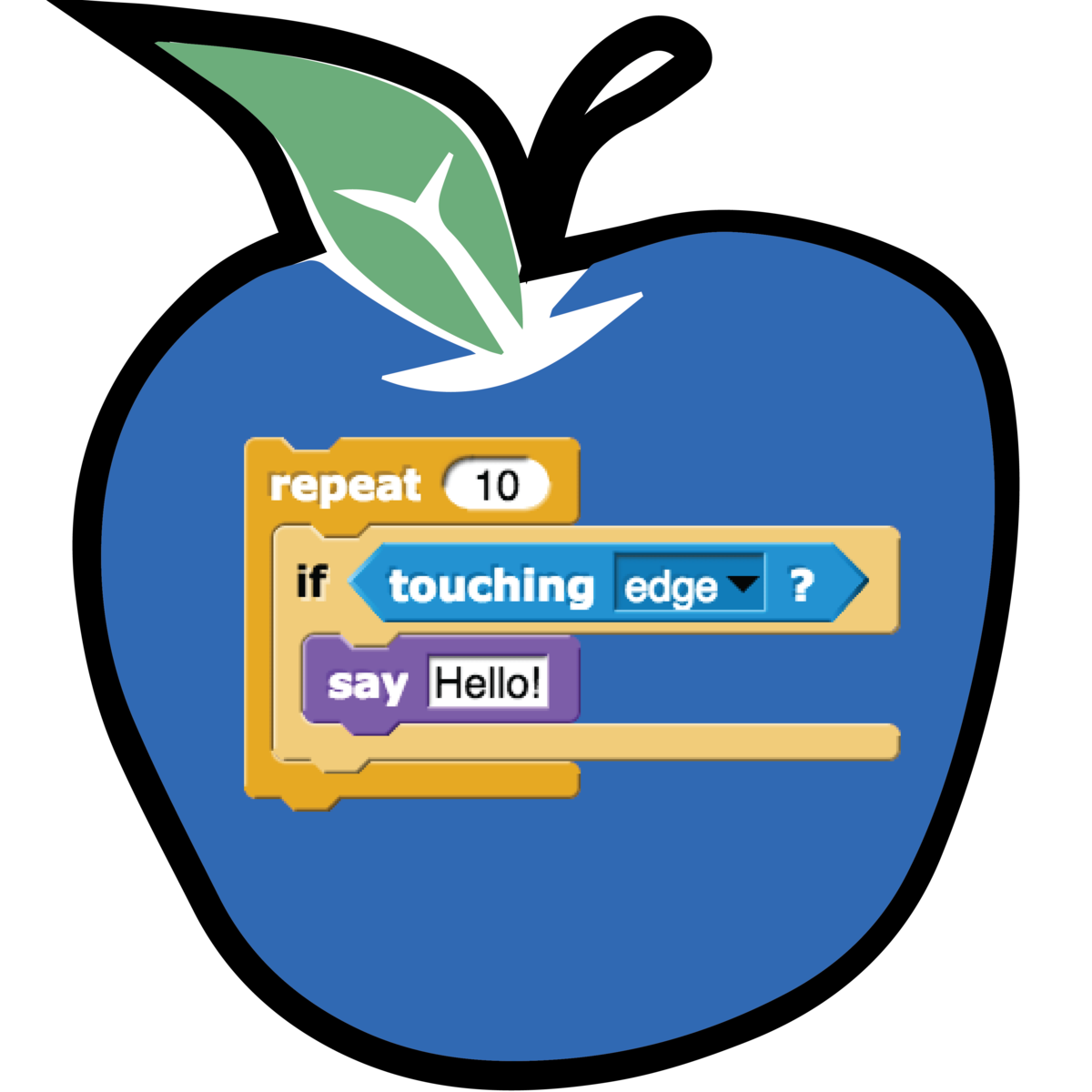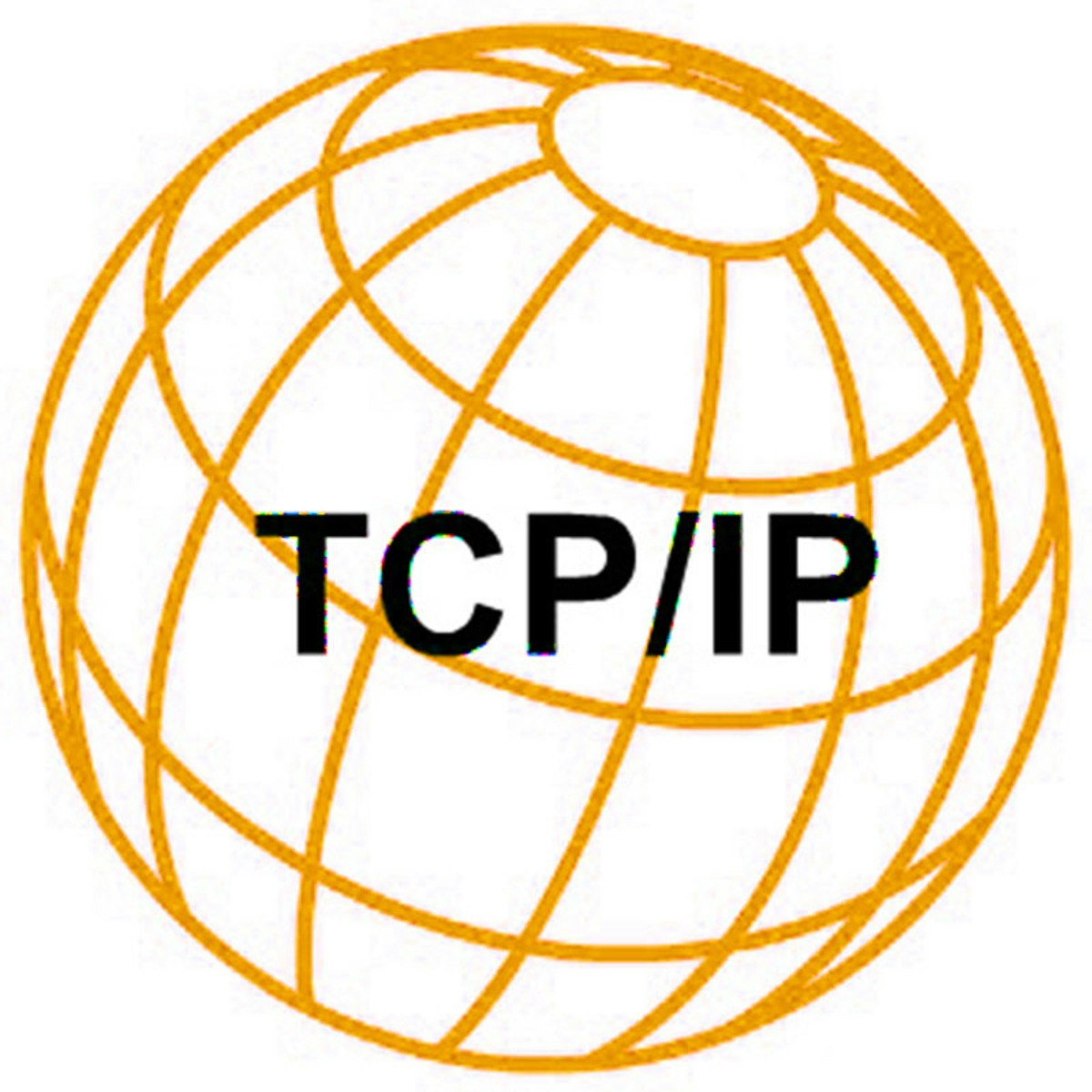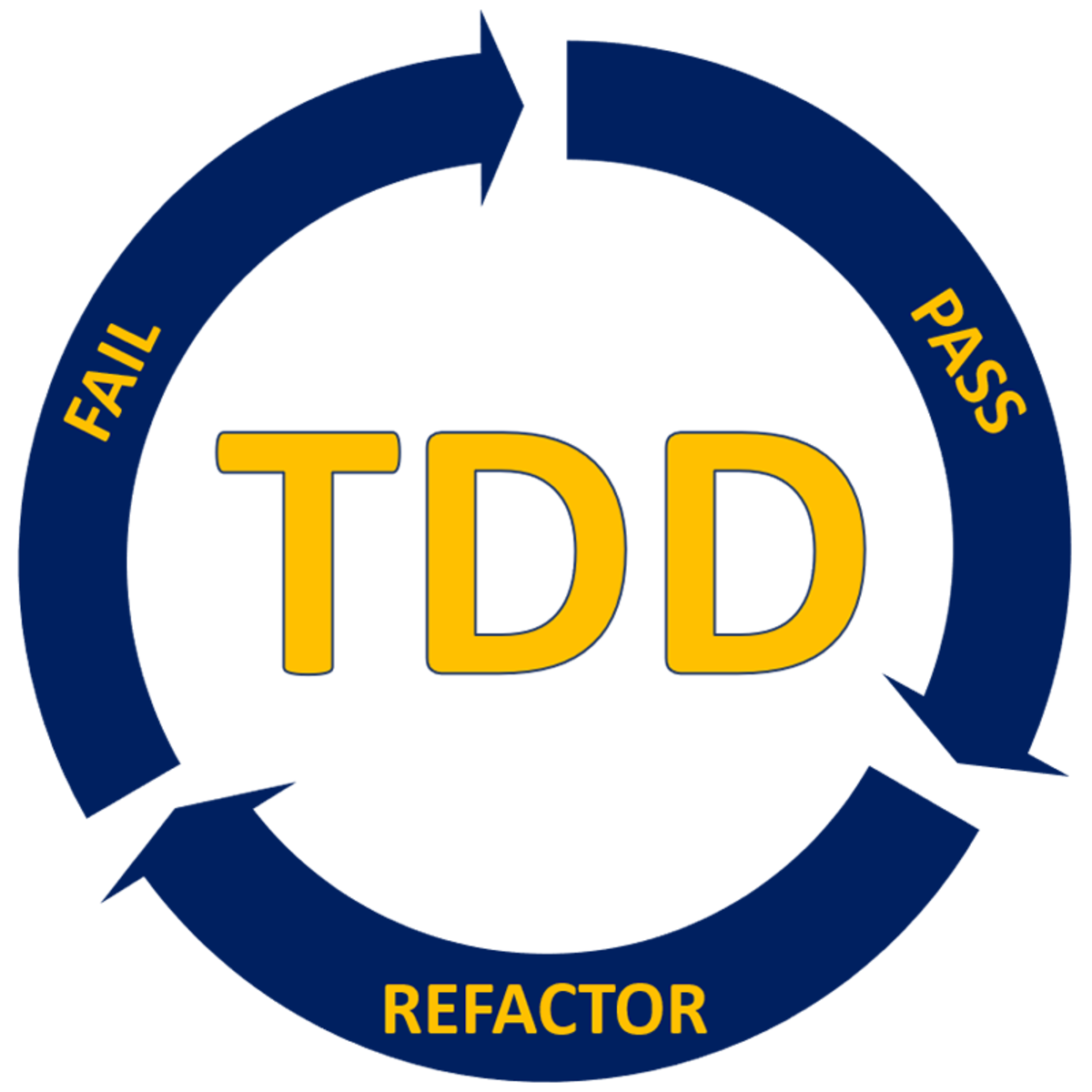Back to Courses









Computer Science Courses - Page 12
Showing results 111-120 of 2309

Create Process Flowchart using LibreOffice Draw
By the end of this project you will have used LibreOffice Draw to flowchart a process. Flowcharts are commonly used to design new programs and systems by using symbols and arrows to show the flow of the steps in a process. Flowcharts are great visual tools for analyzing and documenting a process.
Note: This course works best for learners who are based in the North America region. We’re currently working on providing the same experience in other regions.

Big Data, Genes, and Medicine
This course distills for you expert knowledge and skills mastered by professionals in Health Big Data Science and Bioinformatics. You will learn exciting facts about the human body biology and chemistry, genetics, and medicine that will be intertwined with the science of Big Data and skills to harness the avalanche of data openly available at your fingertips and which we are just starting to make sense of. We’ll investigate the different steps required to master Big Data analytics on real datasets, including Next Generation Sequencing data, in a healthcare and biological context, from preparing data for analysis to completing the analysis, interpreting the results, visualizing them, and sharing the results.
Needless to say, when you master these high-demand skills, you will be well positioned to apply for or move to positions in biomedical data analytics and bioinformatics. No matter what your skill levels are in biomedical or technical areas, you will gain highly valuable new or sharpened skills that will make you stand-out as a professional and want to dive even deeper in biomedical Big Data. It is my hope that this course will spark your interest in the vast possibilities offered by publicly available Big Data to better understand, prevent, and treat diseases.

Use SharePoint & Power Virtual Agent to Create Smart Chatbot
It is a common situation that, in any company, employees want to get general information about a topic they are interested in, for example, how many vacation days they have, when was the company founded, do they work on weekends, are there any dressing rules, who is the CEO and so on. Of course, there is always a person or multiple persons in the company who can give those answers, but there is a much better way of providing your colleagues with information they need then chasing those all-knowing employees for answers, and that is a fully automated chatbot created with Power Virtual Agent, which is one of the 4 main parts of the Power Platform.
In this 35-minutes long guided project, “Use SharePoint & Power Virtual Agent to Create Smart Chatbot”, you will create a SharePoint site and list, add some data to it and create a Power Virtual Agent chatbot which will automate the information flow from your company to the employees. Once the chatbot is up and running, you and your colleagues won’t have to bother other colleagues in person or send them emails or texts anymore, you will be able to have a nice and easy-going conversation with the bot behind the chatbot and find out the information you need. Since this project uses Office 365 services like SharePoint and Power Virtual Agent (part of the Microsoft Power Platform), you will need access to a Microsoft account and a Microsoft 365 Developer Program subscription account. In the video at the beginning of the project you will be given instructions on how to sign up for both.
If you are ready to create your artificial co-worker which will help you and your colleagues provide information to others, then this project is for you! Let's get started!

UiPath Orchestrator and Capstone Projects
UiPath Orchestrator and Capstone Projects course will provide knowledge about Orchestrator and its capabilities. Further, the learning extends through understanding the Orchestrator user Interface, Contexts of Orchestrator and Assets and Queues in Orchestrator.
The Capstone Projects will help you integrate and apply the knowledge gained from completing the RPA specialization. While working on the projects, you will apply critical thinking to solve challenging automation problems and develop skills to build robust automation.

The Web and Databases in iOS
In this course, you’ll move outside of the platform and begin working with integrations like web frameworks, tools and asynchronous programming techniques.
By the end of this course, you’ll be able to:
- Demonstrate a working knowledge of how Swift applications communicate over the web
- Apply asynchronous programming techniques using Swift
- Utilize a variety of methods to take advantage of the Core Data package in a Swift application
- Add connections from an app to other languages to provide access to custom built web APIs and database management systems through both the Django REST framework and Swift
You’ll gain experience with the following tools and software:
- Swift database features and tools
- Web communication technologies such as HTTP
- SQL CRUD operations
- Programming languages like JSON, Python and Django
- Database web developer tools such as CloudKit, RxSwift and Swift libraries
- Core data
- Fetching

Manage and schedule content in Facebook Creator Studio
In this project, learners will learn how to manage and schedule your content in Facebook Creator Studio. Facebook Creator Studio has all of the tools that you need together, for you to be able to publish your content, manage it, monetize it and measure your content. You can do all of that for all of your Facebook pages and Instagram accounts. Facebook Creator Studio is the perfect tool to manage your social media presence completely free and in a platform that lets you do it all. In this project you will have the opportunity to learn how you can be effective in your social media management skills and how to take advantage of the tools that you have in hand already. If you are looking into getting better with social media this is the guided project for you. Facebook Creator Studio it's free and available for you if you have a Facebook page.

Computational Thinking for K-12 Educators: Nested If Statements and Compound Conditionals
How could you program a complex "choose your own adventure" game? How can your soccer game determine goals, balls out of bounds, and corner kicks? You'll learn to do both of these in this course!
This class teaches the concepts of nested if/else statements and compound Boolean conditional expressions. For each concept, we'll start by helping you connect real-world experiences you are already familiar with to the programming concept you are about to learn. Next, through a cognitively scaffolded process we'll engage you in developing your fluency with problem solving with nested if/else statements and compound conditionals in a way that keeps frustration at a minimum.
Along the way you will learn about the common challenges or "bugs" students have with these concepts as well as ways to help them find and fix those concepts. You'll also be guided in running classroom discussions to help students develop deeper understanding of these concepts.
Finally, you'll prepare classroom resources to help your students to develop debugging skills. Additionally, you will create resources to help educate your students about the impacts of lack of equity in K-12 CS instruction.

TCP/IP and Advanced Topics
In this course, we give an in-depth study of the TCP/IP protocols. We examine the details of how IP enables communications across a collection of networks. We pay particular attention to the hierarchical structure of IP addresses and explain their role in ensuring scalability of the Internet. The role of address prefixes and the uses of masks are explained in details. We review in details about TCP three-way handshake, flow control, and congestion control. Furthermore, we provide an introduction to some advanced topics, including Multicast, SDN and security

A Practical Introduction to Test-Driven Development
To be a proficient developer you need to have a solid grasp of test writing before putting code into production. In this course, we will take a hands-on look at Test-Driven Development by writing and implementing tests as soon as week one. TDD starts with good unit tests, so we will start there. Topics will also cover translating user specs into unit tests, applying the Red-Green-Refactor mantra, and applying mocks in python with the unittest.mock module. Once finished, you will have covered all the steps of TDD before development

Essential Tools For Application Development
In Essential Tools, we will look at two important classes of tools for developers: Version Control Systems and Built Automation Tools. We will look why we use such tools, discuss common concepts for those categories of tools, and then look at a specific and common example of each: Apache® Subversion® for version control, and Apache® Maven™ for build automation.
Popular Internships and Jobs by Categories
Browse
© 2024 BoostGrad | All rights reserved


